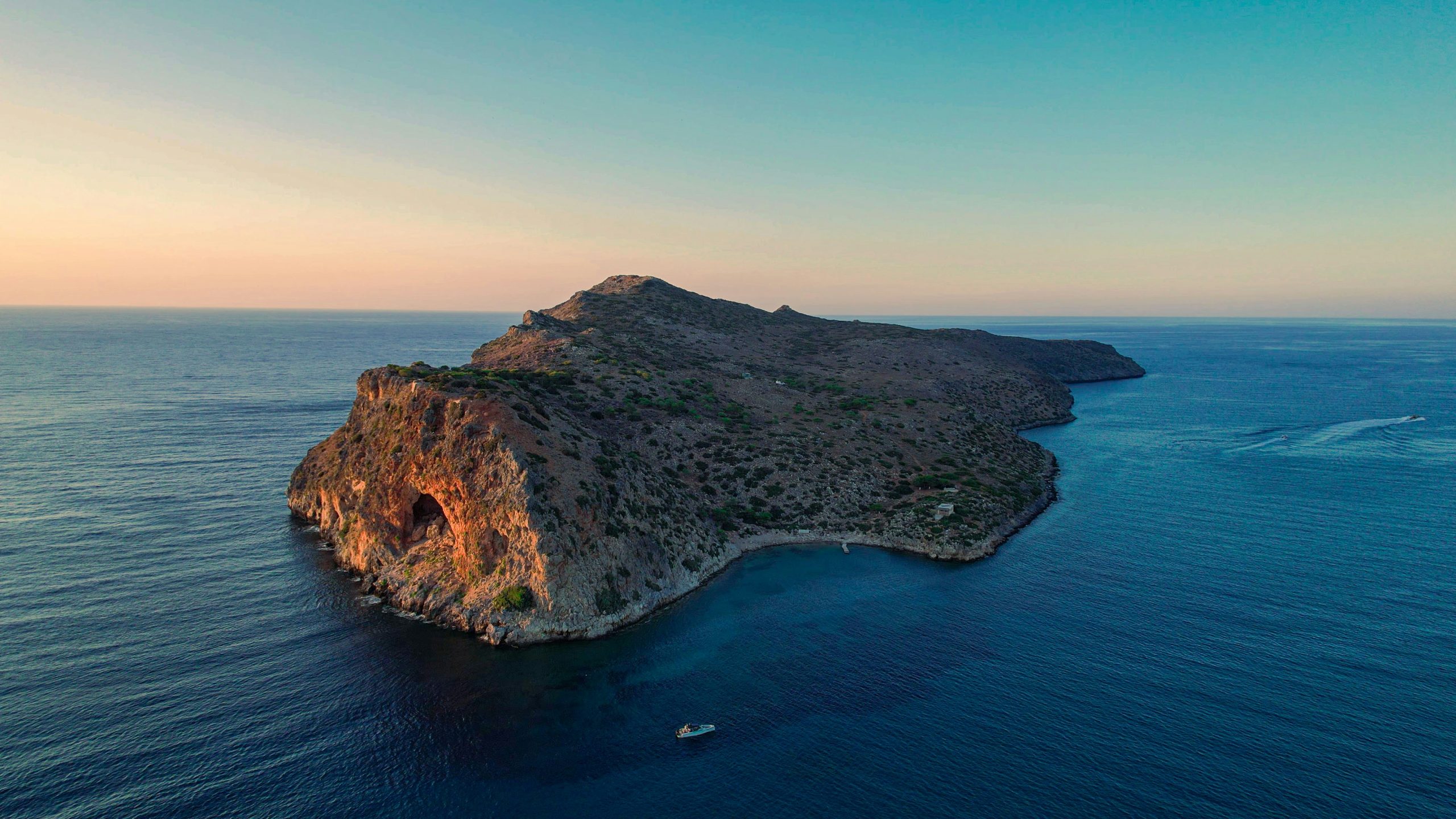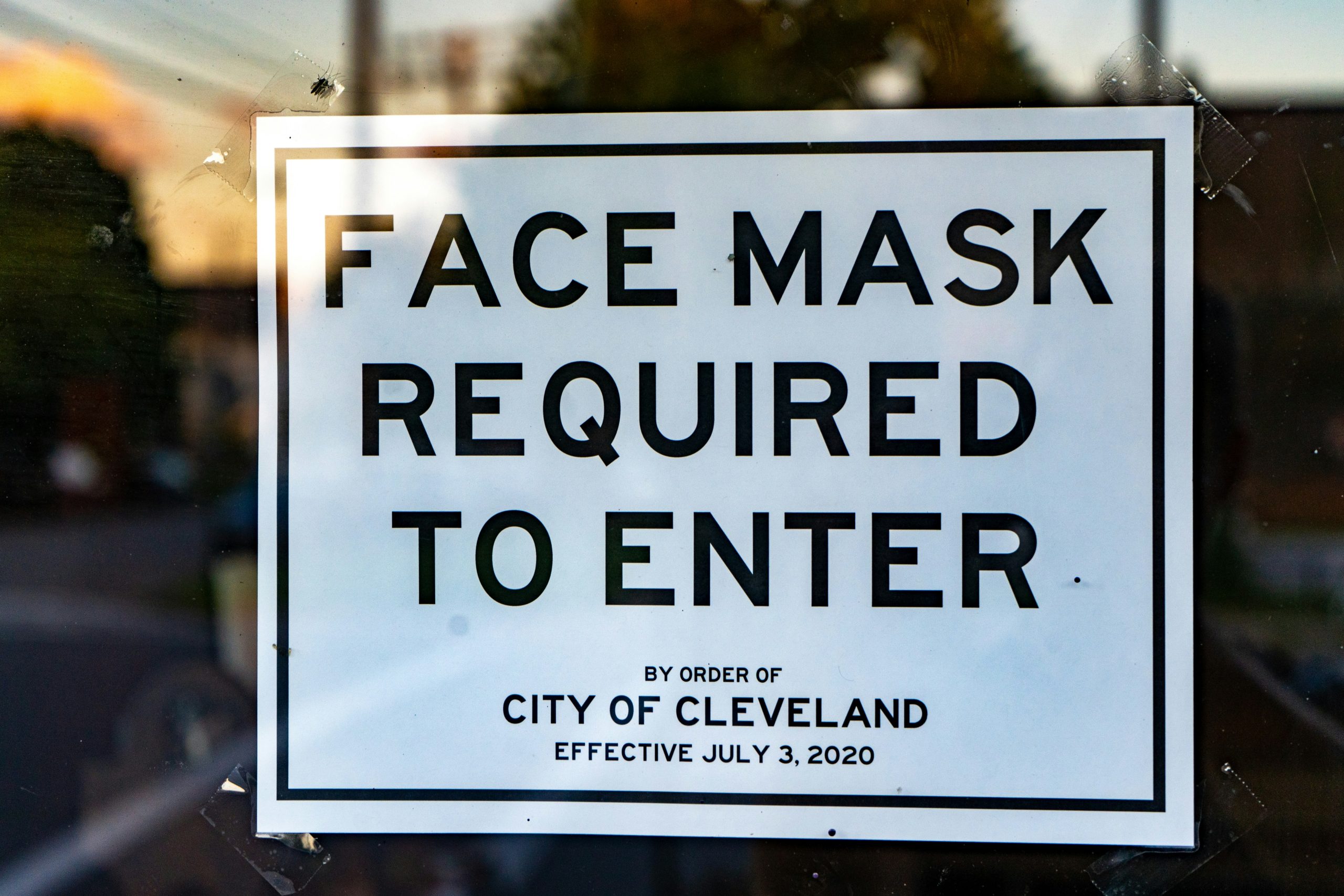Discover the enigmatic Minoan civilization of the Bronze Age and its captivating key features in this insightful and engaging article. Unravel the mysteries of this ancient civilization that thrived in Crete, delving into its unique characteristics and cultural significance.
Major achievements of the Minoan civilization

The Minoan civilization, flourishing during the Bronze Age on the island of Crete, left a lasting legacy marked by several remarkable achievements that continue to intrigue historians and archaeologists.
Advancements in Architecture and Urban Planning
One of the most significant achievements of the Minoans was their remarkable architectural prowess. They constructed elaborate palaces such as Knossos, Phaistos, and Malia, showcasing their advanced building techniques and intricate designs. The innovative layout of these palaces with interconnected corridors, multi-story constructions, and strategic positioning for ventilation and light, reflects their sophisticated understanding of urban planning.
Artistic Excellence and Intricate Frescoes
Art was a central aspect of Minoan culture, and their artistic achievements are evident in the intricate frescoes found in various archaeological sites. These colorful and detailed wall paintings depict scenes of everyday life, religious ceremonies, and nature with a level of skill and creativity that was ahead of its time. The Bull-Leaping fresco from Knossos is a prime example of their artistic mastery.
Maritime Supremacy and Trade Networks
The Minoans were renowned for their maritime capabilities, allowing them to establish a vast trading network across the Aegean Sea and beyond. Their ships facilitated the exchange of goods and ideas, leading to cultural interactions with Egypt, the Near East, and mainland Greece. This maritime supremacy played a crucial role in the prosperity and influence of the Minoan civilization.
Development of a Sophisticated Writing System
The Minoans developed a unique writing system known as Linear A, although its complete decipherment remains elusive. This script was used for administrative purposes, record-keeping, and possibly religious texts. The emergence of a writing system indicates a high level of intellectual and organizational development within Minoan society.
Religious Practices and Rituals
The Minoans had a complex religious system centered around nature, fertility, and female deities. Archaeological findings such as the Snake Goddess figurines suggest a strong emphasis on goddess worship. The presence of sacred caves, peak sanctuaries, and rituals like bull-leaping and procession scenes depicted in art highlight the spiritual significance in Minoan society.
These major achievements of the Minoan civilization reflect their advanced culture, innovative spirit, and enduring legacy that continue to fascinate and inspire modern-day scholars and enthusiasts.
Architectural wonders of the Minoans

The Grandeur of Minoan Palaces
The Minoan civilization, flourishing on the island of Crete during the Bronze Age, left behind a legacy of remarkable architectural achievements. At the heart of their urban centers were grand palaces, such as Knossos, Phaistos, and Malia. These palaces, with their intricate multi-story structures, interconnected courtyards, and advanced plumbing systems, stand as testaments to the Minoans’ architectural ingenuity.
Elegance in Detail: Minoan Columns and Frescoes
One of the most distinctive features of Minoan architecture is the use of columns. These columns, typically made of wood or stone, were often tapered towards the top and adorned with elaborate motifs. The Minoans also decorated their walls with breathtaking frescoes depicting scenes of nature, religious rituals, and vibrant marine life. The Palace of Knossos, for instance, boasted stunning frescoes like the “Prince of the Lilies” and the “Dolphin Fresco.”
The Mystique of Minoan Labyrinths
The concept of labyrinths is deeply intertwined with Minoan culture, as exemplified by the legendary Labyrinth of Knossos. Although the function of these intricate structures remains a subject of debate among scholars, their mythical allure captures the imagination. The labyrinthine design of certain Minoan palaces, with its winding corridors and unexpected turns, adds a layer of mystery to the architectural wonders of the period.
Innovative Engineering of Minoan Water Management
Water played a crucial role in Minoan society, and their advanced engineering skills in water management are evident in the elaborate systems found within their palaces. Aqueducts, cisterns, and sophisticated drainage channels were integrated into the architectural design to ensure a constant water supply for various purposes. The ability to harness and manipulate water resources showcases the Minoans’ mastery of urban planning and infrastructure.
The Enduring Legacy of Minoan Architecture
The architectural wonders of the Minoans continue to captivate historians, archaeologists, and visitors alike, offering a glimpse into a sophisticated civilization that flourished thousands of years ago. From the grandeur of their palaces to the intricate details of their columns and frescoes, the Minoans’ architectural achievements reflect a society with a profound appreciation for art, technology, and craftsmanship. As we marvel at these ancient structures, we are reminded of the enduring legacy of Minoan architecture and its timeless allure.
Cultural practices and beliefs of the Minoans

Minoan Art and Religion
The vibrant art of the Minoans reflected their deeply ingrained religious beliefs. Intricately decorated frescoes depicted scenes of ritual ceremonies, vibrant nature motifs, and mythological figures believed to be gods and goddesses. The Minoans revered nature, especially bulls, which were central to their religious practices as seen in the famous bull-leaping fresco.
Matriarchal Society and Women’s Role
In Minoan society, women held significant power and influence, with some scholars suggesting it was a matriarchal society. Women were often depicted in positions of authority in art, leading to theories of goddess worship and female-centric rituals. This contrasts sharply with later civilizations where patriarchy was the norm.
Maritime Trade and Influence
The Minoans were skilled sailors and traders, dominating the seas of the eastern Mediterranean. Their extensive trade networks extended to Egypt, Anatolia, and the Levant, bringing exotic goods such as copper, gold, and ivory to Crete. This maritime influence contributed to the cosmopolitan nature of Minoan civilization.
Palace Complexes and Advanced Infrastructure
The palace complexes of Knossos, Phaistos, and Malia exemplify the advanced architectural and engineering capabilities of the Minoans. Intricate plumbing systems, multi-story buildings, and elaborate courtyards showcased their sophisticated urban planning. The palaces served as administrative, economic, and religious centers of Minoan society.
Religious Symbolism and Festivals
The Minoans celebrated religious festivals and rituals with intricate symbolism, honoring their deities through offerings, processions, and ceremonies. The Snake Goddess figurines, double axes, and sacred horns are iconic symbols of Minoan religious beliefs. These rituals played a crucial role in reinforcing social cohesion and cultural identity.
Decline and Legacy
The reasons for the decline of the Minoan civilization remain a subject of debate among historians, with theories ranging from natural disasters to invasion and internal unrest. Despite its enigmatic end around 1450 BCE, the legacy of the Minoans lives on in their art, architecture, and maritime achievements, influencing subsequent Aegean cultures such as the Mycenaeans and beyond.
Economic and trade system of the Minoans
The Economic Foundations of Minoan Society
The Minoan civilization, flourishing on the island of Crete during the Bronze Age, boasted a robust and sophisticated economic system that played a pivotal role in its prosperity. At the core of Minoan society was an agrarian economy based on the cultivation of olives, grapes, wheat, and barley. The fertility of the Cretan soil allowed for bountiful harvests, sustaining a substantial population and facilitating trade networks with neighboring regions.
Trade Routes and Maritime Supremacy
Central to the economic success of the Minoans was their mastery of maritime trade. Situated at the crossroads of the Aegean and Mediterranean Seas, Crete became a bustling hub of commerce. Minoan ships, propelled by both sails and oars, navigated the seas to establish trade routes with Egypt, Mesopotamia, Cyprus, and the Greek mainland. Through these maritime connections, the Minoans acquired exotic goods such as precious metals, ivory, gems, and spices, further enriching their culture and economy.
Palatial Redistribution and Specialized Craftsmanship
The palaces that dotted the Cretan landscape served not only as administrative centers but also as hubs for economic activity. Within these palaces, goods produced by specialized craftsmen, such as potters, weavers, and metalworkers, were redistributed among the population. This centralization of resources promoted wealth accumulation and facilitated the development of luxury items, including intricately decorated pottery, vibrant frescoes, and elaborate jewelry.
The Role of Symbolic Wealth and Prestige
In Minoan society, material wealth served not only as a marker of economic prosperity but also as a symbol of social status and prestige. Elaborate palaces, adorned with colorful frescoes and luxurious adornments, showcased the wealth and power of the Minoan elite. The elaborate ceremonies and feasts hosted within these palatial walls further emphasized the importance of conspicuous consumption and the display of opulence.
Legacy and Influence
The economic foundations and trade networks of the Minoan civilization left a lasting legacy on the ancient world. Their innovative maritime trade routes, sophisticated economic practices, and cultural exchange with neighboring civilizations influenced the development of subsequent societies in the Aegean and beyond. By understanding the economic and trade systems of the Minoans, we gain valuable insights into the complexities of ancient societies and the enduring impact of commerce on human history.
